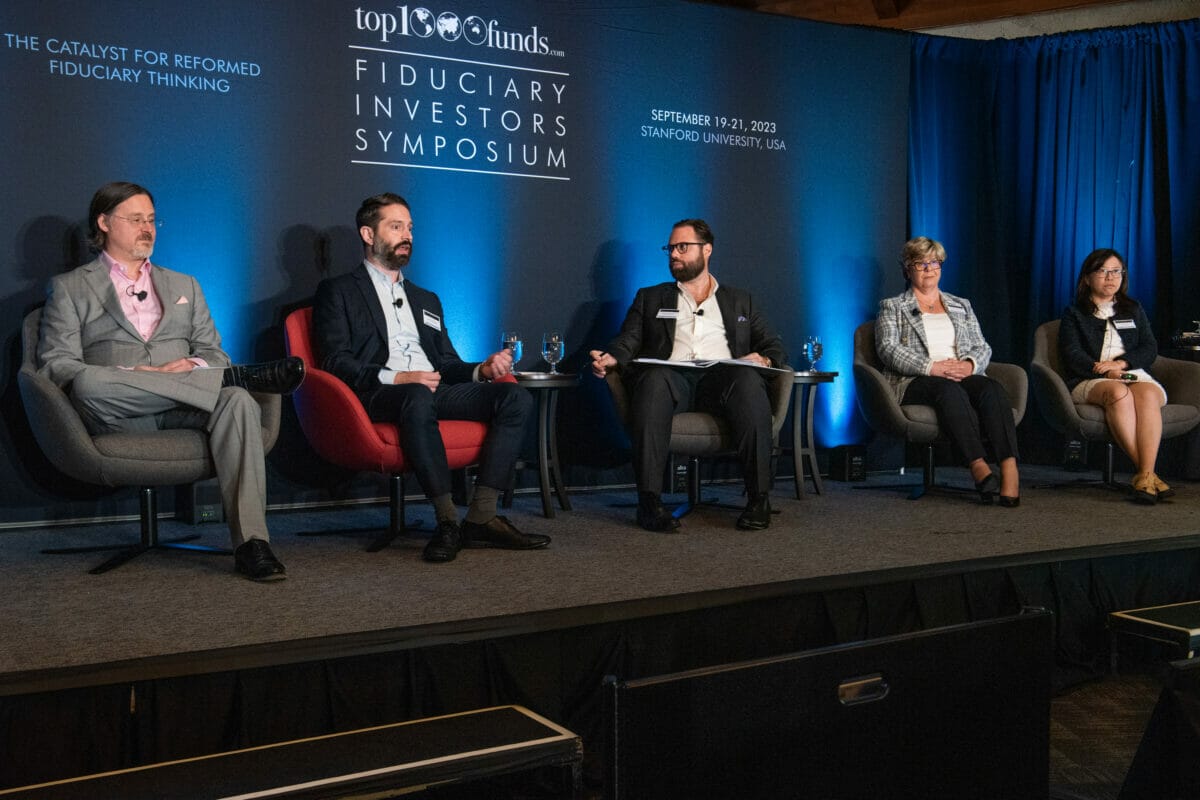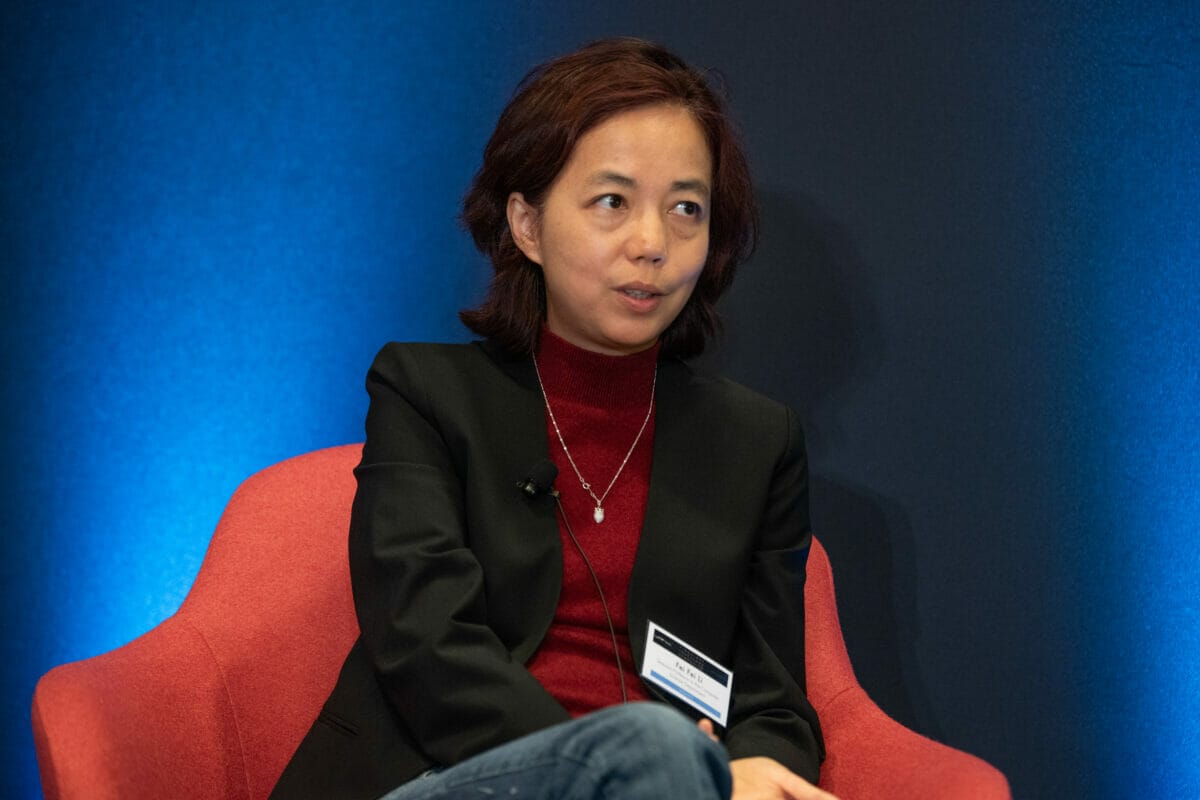The market has already entered the early stages of a multi-year restructuring cycle that will present many opportunities for credit providers. Researchers and investors from GIC, CalPERS and IMCO recommend some organisational changes that will ensure asset owners can make the most of those opportunities.
The simultaneous occurrence of refinancing problems in leveraged credit markets, and the timing of the maturity wall coinciding with a soft patch for corporate earnings, means the market has already entered the early stages of a multi-year restructuring cycle.
David Geenberg, co-head of the North American investment team at SVPGlobal, said that would present opportunities in distressed debt restructuring, but also in structured capital, creative credit, and hybrid solutions.
“We think we are in for two to three years of elevated volatility, restructuring capital solutions in credit either way,” he said. “Over the next three years we will see the debt maturities of the 2017-2019 buyout deals. In the US leveraged loan market, which is about $1.5 trillion, about $300 billion of those maturities are coming up.”
Geenberg told delegates at the Fiduciary Investors Symposium at Stanford University the lower end of the loan market was particularly interesting, with the amount of loans that were rated B- and lower now four times what it was in 2017.
“Those refinancings will occur in a world where the coupons on those loans will be meaningfully higher,” he said. “The reason we say it is already here is because the potential canary in the coalmine is that low end of the loan market. Markets are bifurcated, high-yield is strong, but at the low end of the loan market you see the problems. This has implications for broader markets and opportunities in certain sectors and geographies.”
Investors and researchers on the panel from CalPERS, IMCO and GIC shared Geenberg’s enthusiasm for the private credit opportunities.
Daniel Booth, CalPERS’ deputy chief investment officer, private markets, was particularly attracted to real estate lending, rescue financing, and speciality finance as banks step back.
Grace Qiu, senior vice president, who conducts research for the total portfolio policy and allocation team at GIC, and Jennifer Hartviksen, head of credit at Canada’s IMCO, were also both favourable towards real estate and infrastructure debt.
“Private credit is a huge space with a wide range of opportunities,” GIC’s Qiu said. “The overall real estate market has seen some distress and substantial repricing because of rising discount rates. At this part of the cycle, real estate debt can be quite attractive. Outside of real estate, another space with good opportunities is infrastructure debt. In particular, the junior end, mezzanine side of infrastructure debt which provides a slightly higher yield.”
Hartviksen who manages IMCO’s credit portfolio across both private and public, said this distressed cycle will be a little different.
“There are a lot of levered loans in the market that will have recoveries well below historical levels,” she said. “Where we think there are opportunities, I would change the name ‘distressed’ to ‘tactical opportunities’: there are opportunities for good companies that have bad balance sheets. This is where the fundamentals of the company are good, but they need some sort of bridge because they are facing this maturity wall, with debt coming due in 2024. We are looking at putting in mezzanine debt that is structured as credit with a coupon or dividend return, strong documentation, there’s convenants and we also get some of the equity upside. You can get returns in the high teens to high 20s over the next few years by picking the right opportunities. That is where we are seeing opportunities in what I would call a secular development of the credit market.”
Organisational positioning for opportunities
GIC’s Qiu also made some observations on how asset owners can better prepare ahead of volatility and market discrepancy so when dislocation opportunities occur, they can access them quickly.
She said managing liquidity at the total portfolio level and understanding cashflow obligations holistically will allow for more nimble capital allocations when opportunities arise.
Similarly, as an investor heads into an environment of market distress or sell-offs, diversification, including having risk mitigators, can enhance returns and given them the confidence to then add risk.
“This provides comfort to add on risk. When there is a dislocation opportunity, you need to know if it is catching a falling knife or if it is a big bargain. A well-diversified portfolio allows you to add on risk in that circumstance,” she told delegates, adding it was important organisationally to have bottom-up teams that are ready to tap those opportunities.
“For example, an investor can have their deal teams look at secondary markets. This way, when there is distressed selling, the teams already know the flow and can quickly take action. Asset owners can also engage managers to pre-define a set of rules such that they can automatically kick into action when drawdowns exceed certain levels.”
IMCO’s Hartviksen agreed with the importance of a well thought out portfolio construction that can perform through a cycle. She said being prepared to take advantage of opportunities in the case of dislocation and being nimble will allow access to some “interesting deals”.
“We have a single global credit strategy that provides us with the ability to get exposure very broadly and be very nimble as opportunities present themselves and understand where the relative value is,” she said.
“We think about it from a top-down perspective but also from a bottom-up perspective where the fundamental analysis is on the credit side. It is really important, whether it is an investment through a GP or something we have underwritten ourselves, to understand what it is that we own. That is core to everything we do.”


